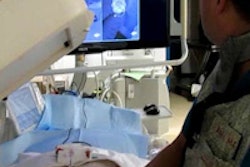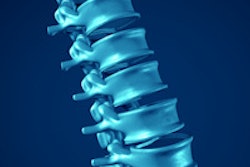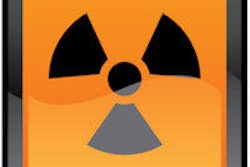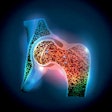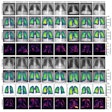An increase in reported adverse events has led interventional technology developer Cook Medical to voluntarily recall more than 4 million of its catheters with Beacon tip technology.
Catheters with Beacon tip technology have been found to exhibit polymer degradation of the catheter tip, resulting in tip fracture and/or separation, according to Cook. These events have resulted in 30 medical device reports (MDRs) being filed to date with the U.S. Food and Drug Administration (FDA).
Catheter polymer degradation could lead to potential adverse events such as loss of device function, separation of a device segment leading to a medical intervention, or complications resulting from a separated segment, according to Cook. These complications could include device fragments in the vascular system, genitourinary system, or other soft tissues. Fragments within the vascular system could result in embolization to the heart or lungs or occlude blood flow to end organs.
Cook said it has notified its customers and distributors by recall notification letters, requesting that they quarantine and discontinue the use of all potentially affected units and return products to Cook as soon as possible for credit. The recall covers the following catheters:
- Beacon tip Torcon NB Advantage catheter
- Beacon tip Royal Flush Plus high-flow catheter
- Beacon tip centimeter sizing catheter
- Beacon tip white vessel sizing catheter
- Beacon tip vessel sizing catheter
- Shuttle Select Slip-Cath catheter
- Slip-Cath Beacon tip catheter
- FluoroSet radiographic tubal assessment set
- Haskal transjugular intrahepatic portal access set
- Kumpe access catheter
- Liver access and biopsy needle set
- Neff D'Agostino percutaneous access set
- Aprima access nonvascular introducer set
- Selective salpingography catheter with Beacon tip
- Transluminal biliary biopsy forceps set
- White Lumax guiding coaxial catheter
These products were distributed around the world. Cook said that its preliminary investigation into the matter has determined that environmental conditions, such as storage temperature, humidity, and the use of vaporized hydrogen peroxide for whole-room decontamination within healthcare facilities, may be contributing to these occurrences. The firm also said that it recognizes there may be other undetermined contributors to this issue, and it will continue to investigate.




